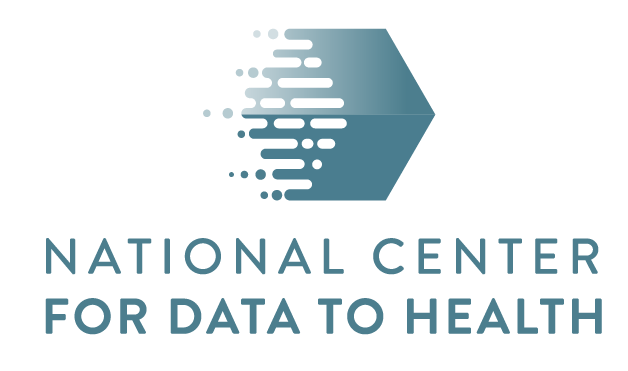About
As we learn more about COVID-19, a simple graph has gone viral: “Flatten the Curve.” Praised for shedding light on the scale and speed of the outbreak, it illustrates the wave of expected COVID-19 cases.
- A high curve means the virus is spreading quickly; some people won’t get the medical care they need, and the number of deaths is likely to increase.
- A flattened curve means COVID-19 is spreading slowly, staggering the rate of people with COVID-19 and giving doctors time to best utilize scarce resources to treat people and save lives.
Purpose
We can all slow the spread of COVID-19 and “Flatten the Curve” together. This site provides reliable information reviewed by scientists delivered in as many languages as possible to help:
- Understand when and how to protect ourselves;
- Understand how to self-isolate, quarantine, and help others stay healthy;
- Increase our knowledge about COVID-19 and related trends;
- Avoid panic and trauma by providing everyone with the right information, when we need it, and in our own language;
- Provide access to resources to expedite research and collaboration, such as information to participate in clinical trials.
Flatten the Curve is a collective effort of people, including scientists and health experts. We are not speaking on behalf of organizations or trying to duplicate official communication channels.
Authors
Content initially compiled by Julie McMurry, masters degree in public health from the University of London School of Hygiene and Tropical Medicine as well as a background in infectious diseases and vaccine development. She is currently an assistant professor (senior research) at Oregon State University in the College of Public Health; to learn more about her group’s work in computer models for rare genetic disease feel free to have a look at tislab.org.
Other contributors, curators, reviewers and translators include:
- Monica Munoz-Torres, PhD (ORCID)
- Scott Teesdale, MPH & Epidemiologist, (Health and Technology Consultant)
- Dr. Melissa Haendel, Director of the Center for Data to Health, Oregon Health & Science University, (Director of Translational Data Science, Oregon State University)
- Benjamin F. E. Lange, PhD, (LinkedIn)
- Nicole Vasilevsky, PhD (ORCID)
- Sean Markey, Publisher, (www.seanmarkey.com)

